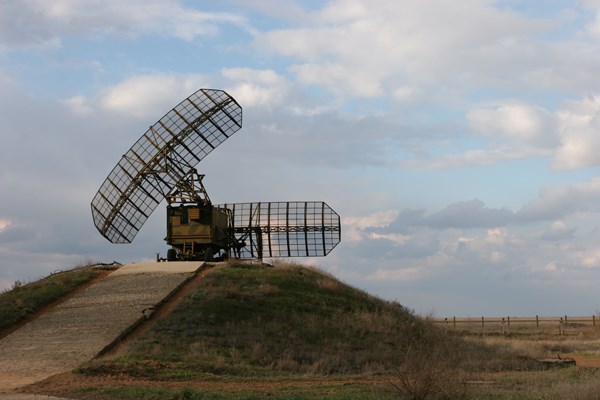Russia’s new Niobium-SV radars to monitor Crimea and southern Russia
The Russian Defense Ministry has decided to monitor the south of the country and the Crimean peninsula using the latest Niobium-SV radar stations, Izvestia reports, citing the military department.
The Southern Military District’s aerial defense divisions are expected to receive the first such radars by the end of the year. The primary purpose of the new radars is to protect the southern part of the country and the Crimean peninsula against the possible threat posed by US aerial defense systems in Romania. Russia believes that these systems are actually aimed at Russia, despite being deployed ostensibly as “protection against the Iranian threat”.
The new 3D Niobium-SV radar was developed specifically for the Russian infantry’s anti-air defense. Its primary task is to detect, monitor and identify the affiliation of all types of airborne objects – planes, helicopters, cruise and ballistic missiles, as well as drones. The stations operate in the very high frequency (VHF) range and are designed to be capable of detecting stealth aircraft. Affixed to the chassis of a Kamaz truck, the station is mobile, and can operate around the clock for extended periods.
The Russian military believes that deploying several Niobium-SV stations on Crimea will enable it to monitor the entire Black Sea. The stations in the south are expected to cover the entire southern part of Russia.
The 1L125 “Niobium-SV” VHF radar was developed by the Nizhny Novgorod Research Institute of Radio Engineering, part of the Almaz-Antey aerospace defense concern. The first prototypes of the new radar have been delivered to divisions of the Central Military District for pilot testing.
In February 2014, armed people in uniforms without insignias appeared in Crimea and captured the Supreme Council of Crimea, the Simferopol Airport, the Kerch ferry crossing and other strategic objects, and prevented the Ukrainian army from taking action. Initially, the Russian government refused to acknowledge that these armed people were Russian soldiers, but President Vladimir Putin later admitted it.
On 16 March 2014, a referendum on the status of Crimea was held in Crimea and Sevastopol, in which the inhabitants supposedly voted for the peninsula to become part of Russia. The outcome of the so-called referendum is not recognized by Ukraine, the EU or the US. On 18 March, Putin announced the “annexation” of Crimea to Russia.
International organizations have declared the annexation illegal and condemned Russia’s actions. Western countries have imposed economic sanctions on Russia in connection with the annexation. Russia claims to have “restored historical justice”. Ukraine’s parliament, the Verkhovna Rada, declared 20 February 2014 the start of Russia’s temporary occupation of Crimea and Sevastopol.
